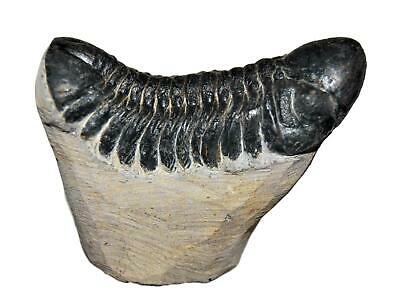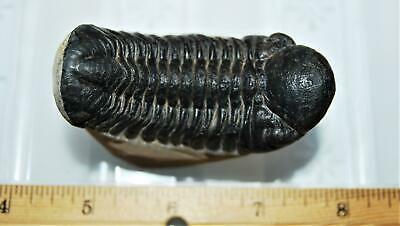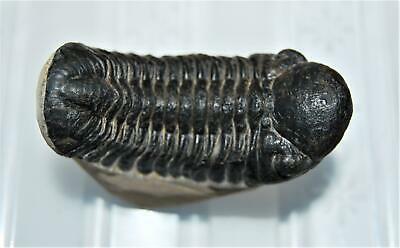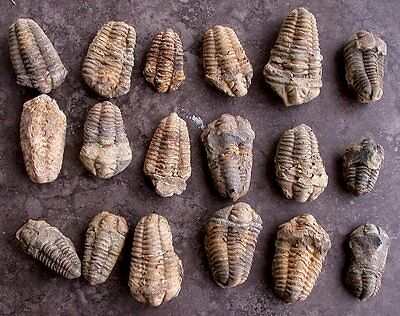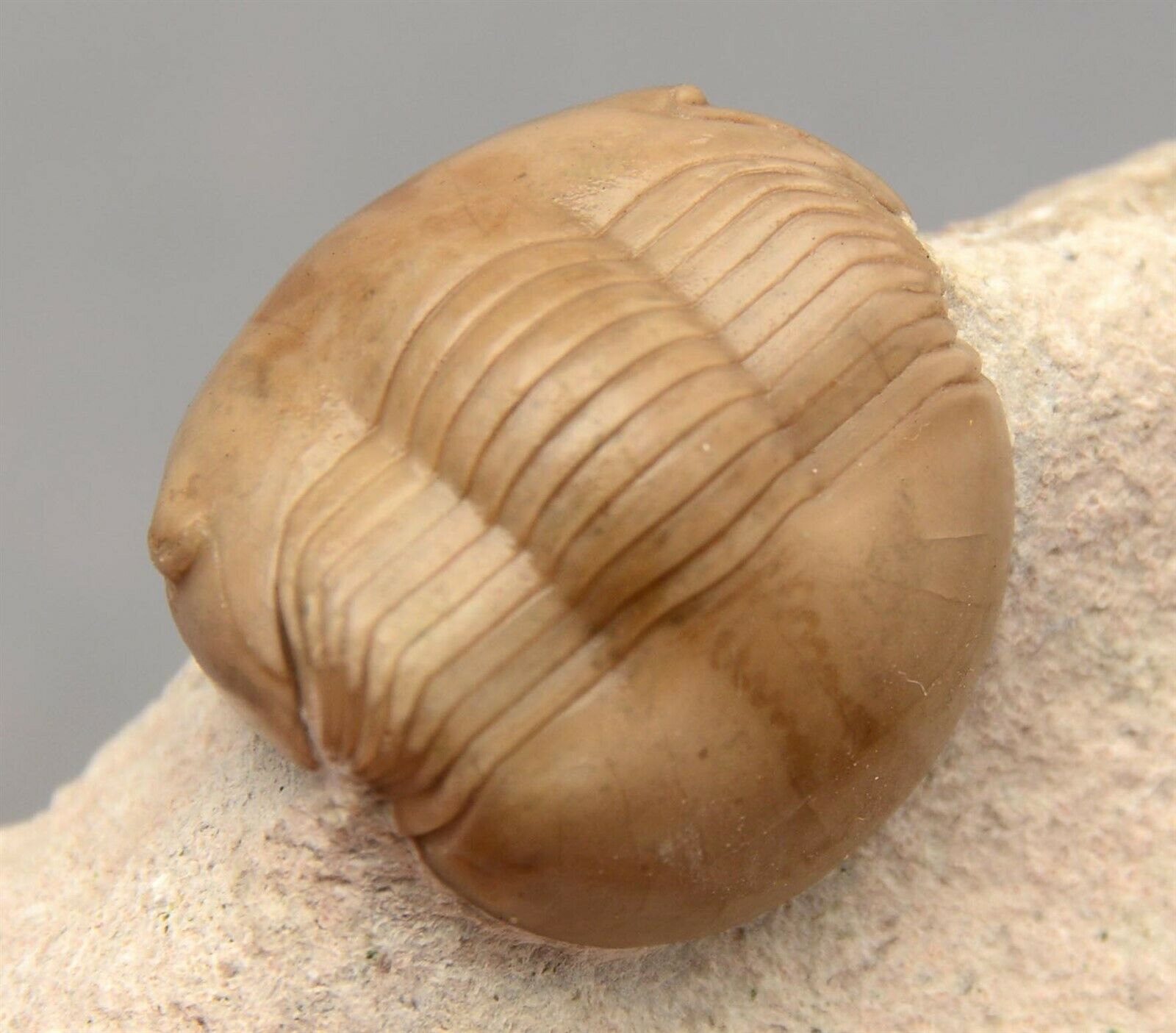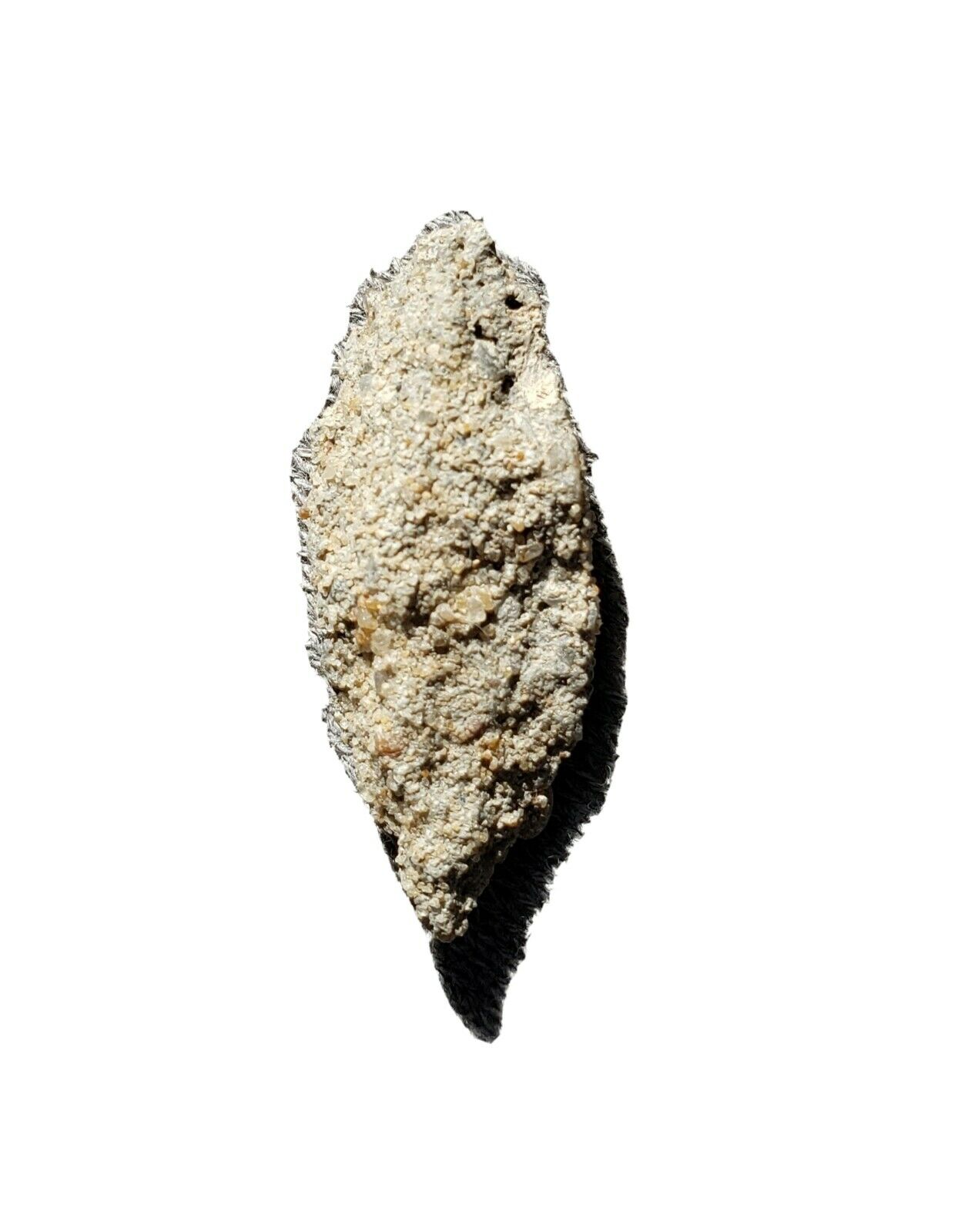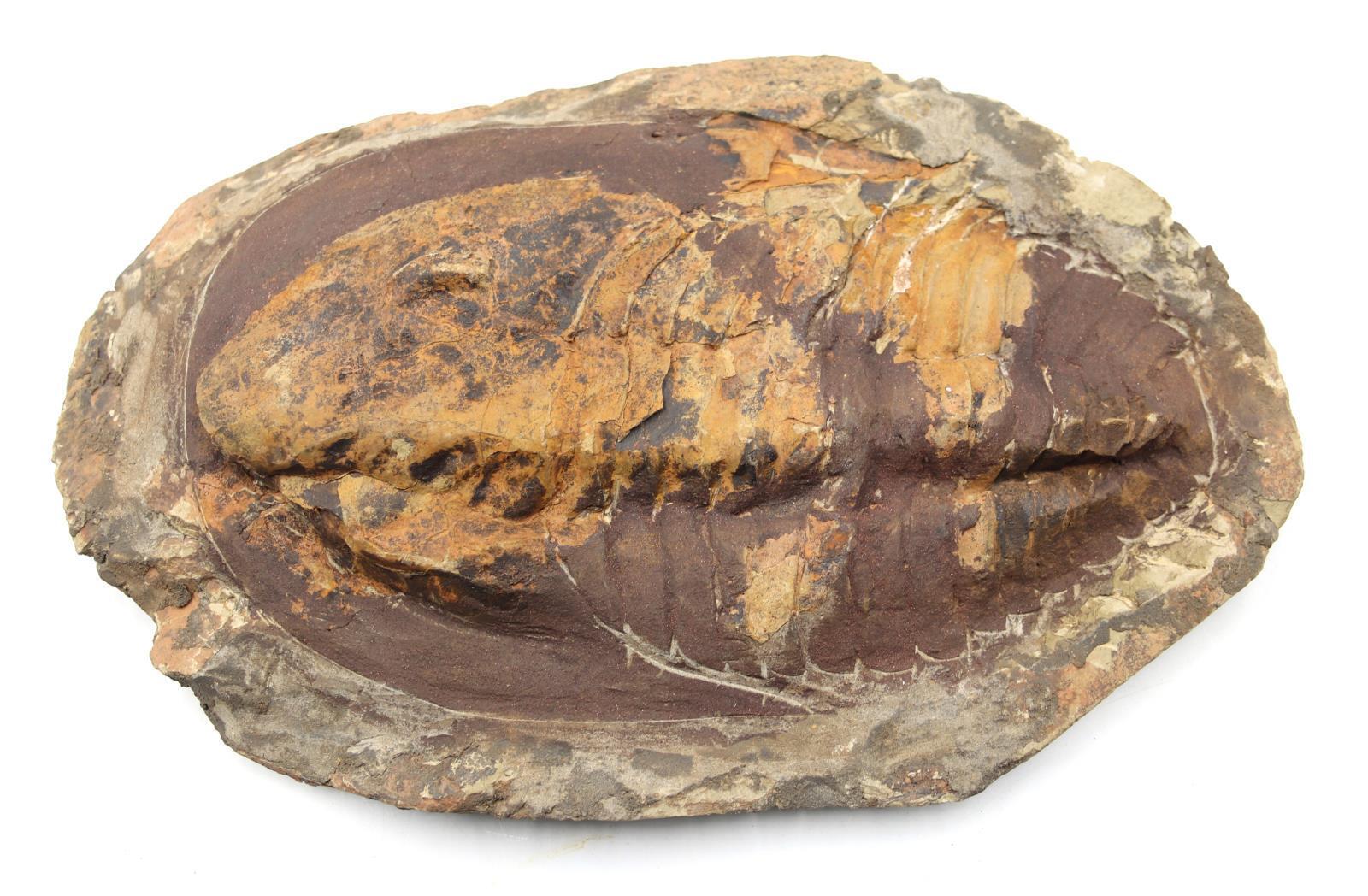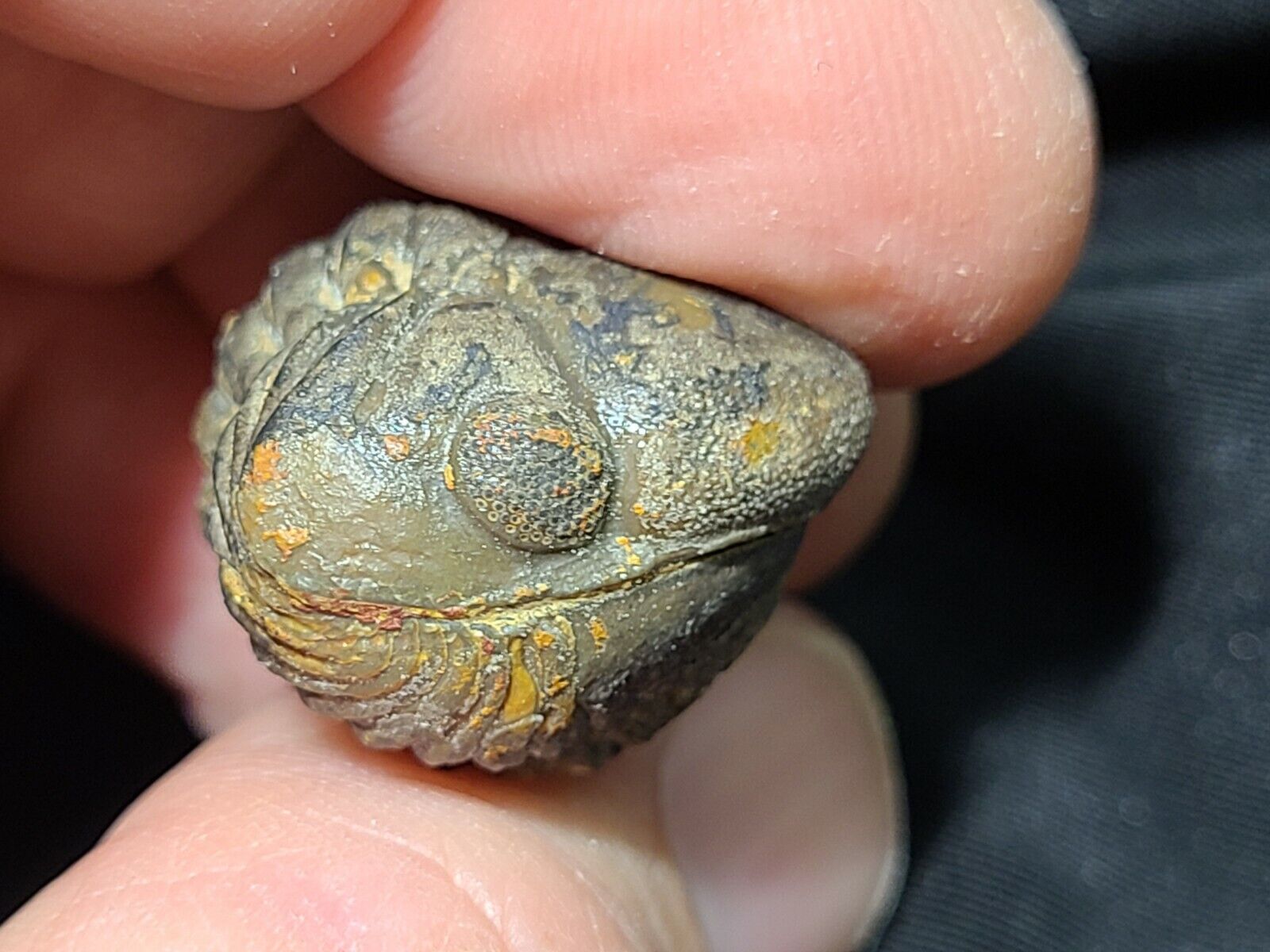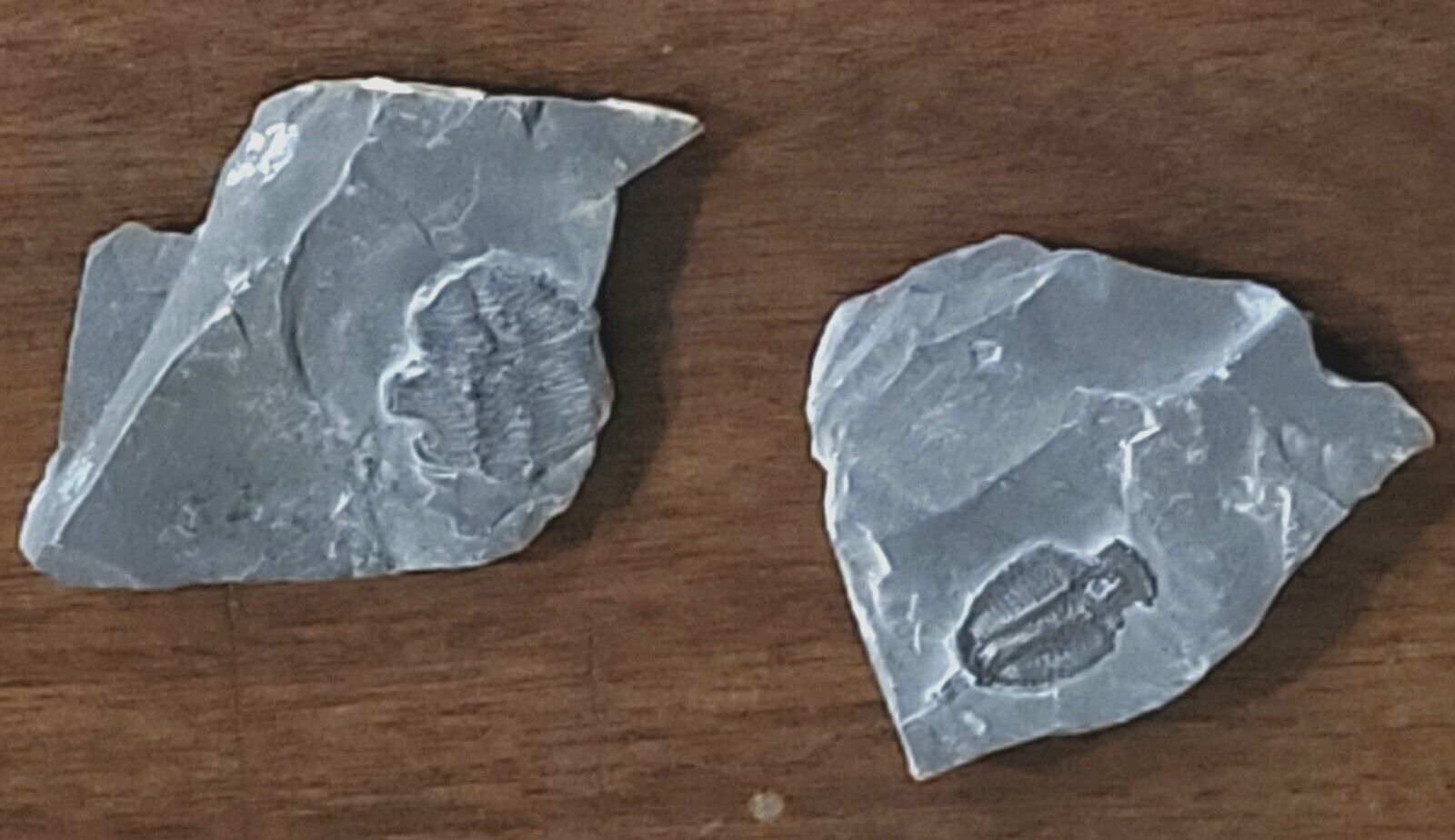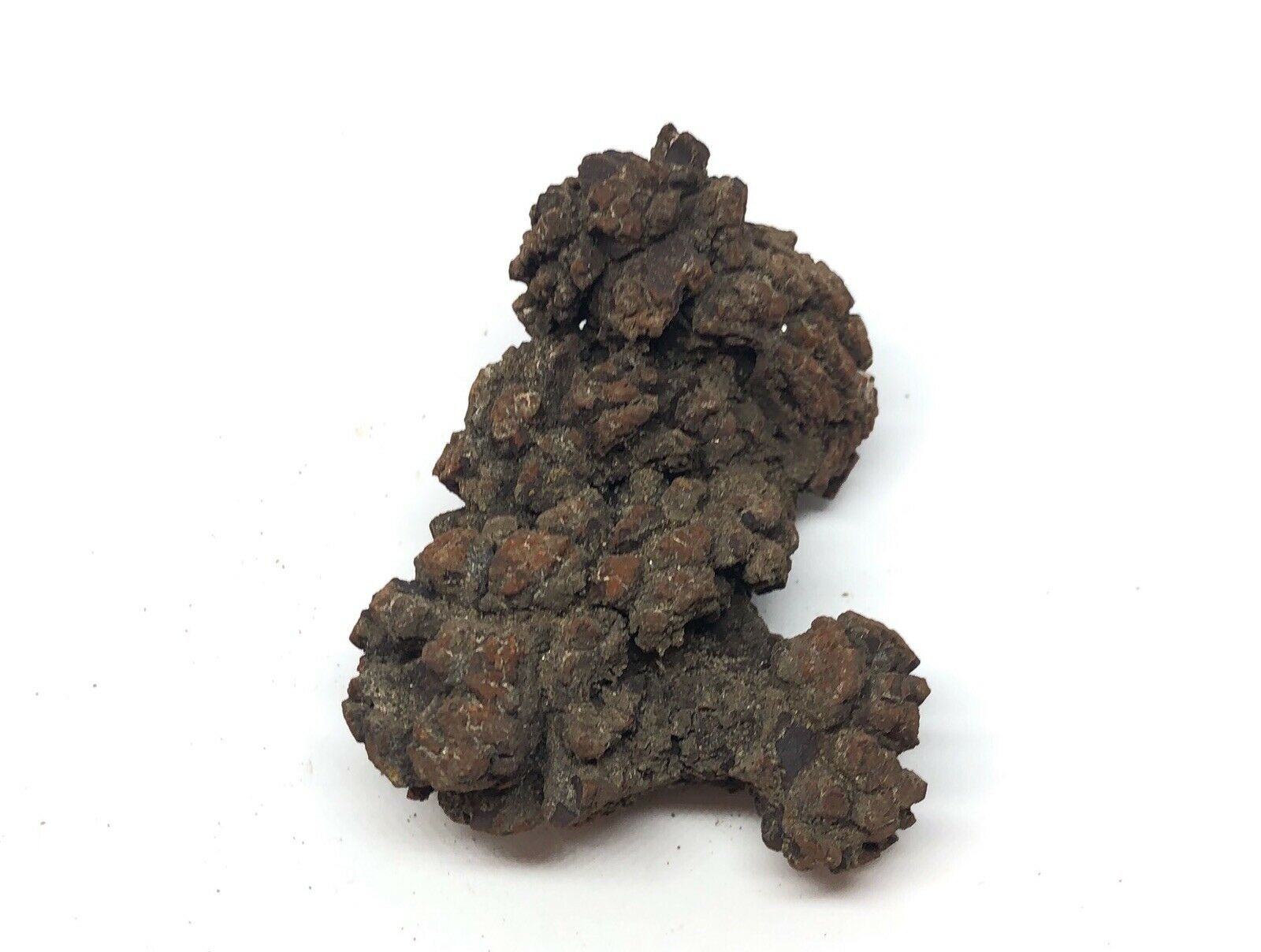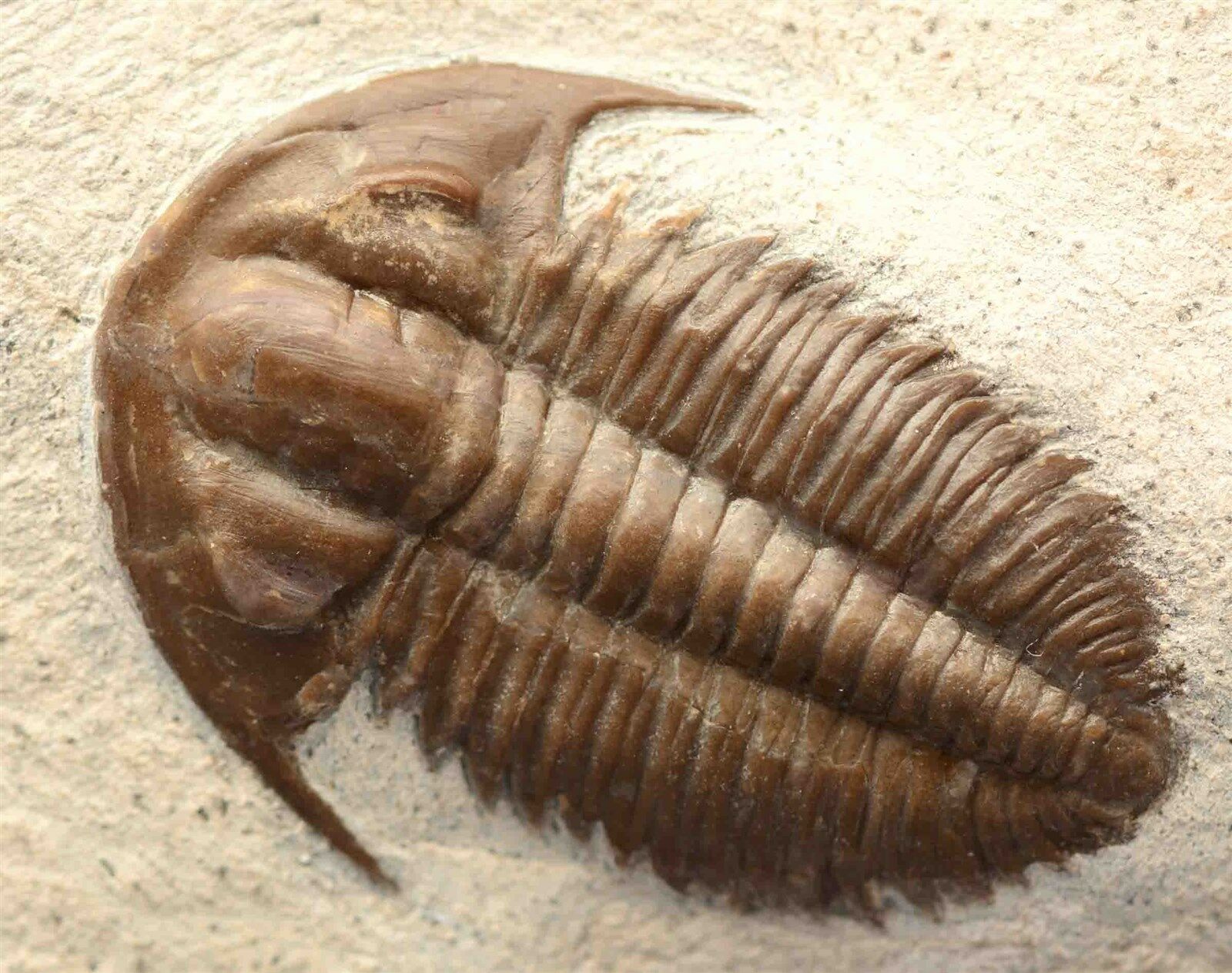-40%
Reedops TRILOBITE Fossil Morocco 390 Million Years old #13327 17o
$ 33.25
- Description
- Size Guide
Description
ebay templateThis is a nice REEDOPS Trilobite from Morocco, North Africa. This is a great quality trilobite and there has been no restoration to this fossil that I am able to identify. The trilobite measures approximately
2
1/2 inches in length and dates back to the Middle Devonian time period approximately 390 million years ago.
I am so confident that you'll love this item that I offer a 100% money back guarantee - when you receive the item if you're not happy for any reason, send it back within 14 days and I'll refund your money. For customers in the USA, I will pay for the returned shipping as well - for international customers, returned shipping will be the responsibility of the buyer. THE MONEY BACK GUARANTEE IS NOT AVAILABLE FOR ITEMS THAT HAVE BEEN ALTERED IN ANY WAY BY THE BUYER. We are happy to combine shipping!
I'm also happy to hold off on shipping if you want to watch my auctions for several weeks and then combine shipping in the same box.
PLEASE NOTE: We appreciate the business of our international customers! We request that international buyers have signature confirmation tracking or insurance on their packages. PLEASE INFORM US when you make a purchase if you would like to add signature confirmation or insurance to your order, and we can let you know what the additional cost would be. Packages may still be shipped internationally without signature confirmation or insurance, but the buyer would assume responsibility if the package was lost or stolen. The buyer is responsible for any customs or duty fees that are charged by their country
.
THANK YOU VERY MUCH FOR LOOKING! Check out the other items in our store at
https://stores.ebay.com/Fossils-Meteorites-More
. Put us on your favorite sellers list and watch our auctions that end each Saturday!
Trilobite
From Wikipedia, the free encyclopedia
Jump to:
navigation
,
search
For the robot vacuum cleaner, see
Electrolux Trilobite
.
Trilobites
Temporal range:
Atdabanian
Late Permian
PreЄ
Є
O
S
D
C
P
T
J
K
Pg
N
Kainops invius
Scientific classification
Kingdom:
Animalia
Phylum:
Arthropoda
Subphylum:
Trilobitomorpha
Class:
Trilobita
Walch
, 1771
[1]
Orders
Agnostida
Asaphida
Corynexochida
Harpetida
Nectaspida
Redlichiida
Lichida
Phacopida
Proetida
Ptychopariida
Trilobites
(
/
ˈ
t
r
aɪ
l
ə
b
aɪ
t
/
,
/
ˈ
t
r
ɪ
l
ə
b
aɪ
t
/
; meaning "three lobes") are a well-known fossil group of
extinct
marine
arthropods
that form the
class
Trilobita
. The first appearance of trilobites in the fossil record defines the base of the
Atdabanian
stage of the
Early Cambrian
period (
526
million years ago
), and they flourished throughout the lower
Paleozoic
era before beginning a drawn-out decline to extinction when, during the
Devonian
, almost all trilobite orders, with the sole exception of
Proetida
, died out. Trilobites finally disappeared in the
mass extinction
at the end of the
Permian
about
250
million years ago
. The trilobites were among the most successful of all early animals, roaming the oceans for over 270 million years.
[2]
When trilobites first appeared in the fossil record they were already highly diverse and geographically dispersed. Because trilobites had wide diversity and an easily
fossilized
exoskeleton
an extensive fossil record was left behind, with some 17,000 known species spanning
Paleozoic
time. The study of these fossils has facilitated important contributions to
biostratigraphy
,
paleontology
,
evolutionary biology
and
plate tectonics
. Trilobites are often placed within the
arthropod
subphylum Schizoramia within the superclass
Arachnomorpha
(equivalent to the Arachnata),
[3]
although several alternative
taxonomies
are found in the literature.
Trilobites had many life styles; some
moved over the sea-bed
as
predators
,
scavengers
or
filter feeders
and some
swam
, feeding on
plankton
. Most life styles expected of modern marine arthropods are seen in trilobites, with the possible exception of
parasitism
(where there is still scientific debate).
[4]
Some trilobites (particularly the family
Olenidae
) are even thought to have evolved a
symbiotic
relationship with sulfur-eating bacteria from which they derived food.
[5]
Sell Smarter with
Kyozou
.
Inventory and Ecommerce Management
